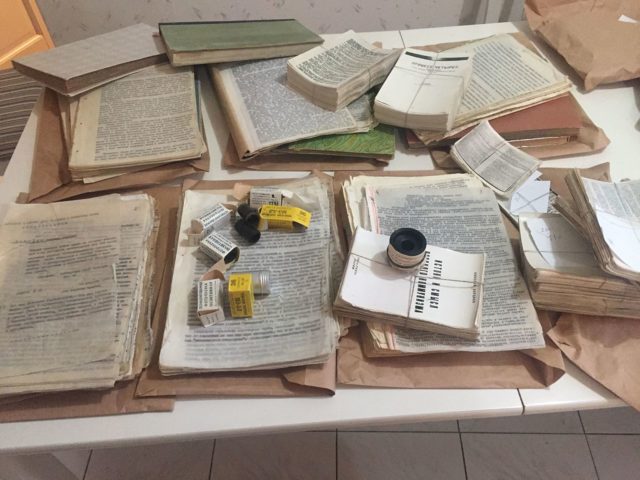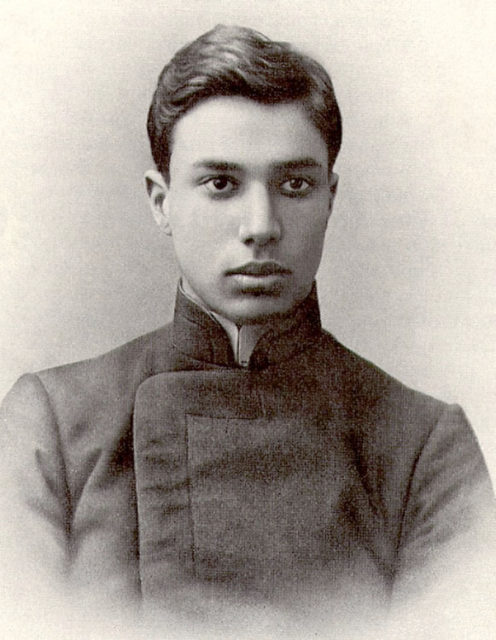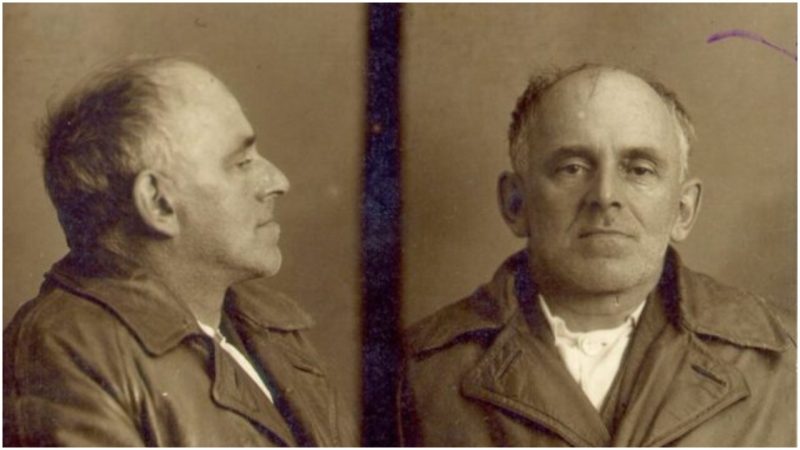The Union of Soviet Socialist Republics was well known for its censorship of literature and art. While political expression opposing those in power had been going on since at least the 1800s, during the reign of the tsars, it wasn’t until the Russian Revolution in 1917 that a severe crackdown on books, art, and music began. Many authors and artists were forced to go underground to publish their work. Every approved publication was marked with the word gosizdat, meaning “state-published,” to ensure that readers were getting materials approved by the state.
The underground writers called their material samizdat, which translates into “self-published,” and tamizdat, meaning “published over there,” for radical works published in another country and smuggled into the Soviet Union. Some of these included music, political writings, religious works, novels, and poetry.
Authors and their supporters went to great lengths to make sure these works were available to those who were like-minded. Poetry and novels were hidden inside shoes, bedding, and household items. Music and works by expelled citizens were transcribed onto

CC BY-SA 4.0
X-ray film and distributed quietly by a rising black market. Many works were dispersed “chain mail” style, where the first recipient was tasked with making several copies and passing them on to the next person, who in turn made more copies to distribute to more people and so forth. The problem with this manner was that copies were either done by hand or by carbon paper, leading to indistinct typeface and changes made without the author’s knowledge.

Authors put out unsigned works or materials signed with pen names to avoid being identified. The state had a list of all of the typewriters owned by citizens and kept a close eye on the sale of writing paper. Some writers were able to record their works on microfilm to be smuggled out of the country for publication and then smuggled back in so no copies could be traced. The novel, Doctor Zhivago by Russian author Boris Pasternak, was first published in Italy in this manner. During the years of Bolshevik rule, many underground writers joined together and formed a group called Acmeists, rejecting the common use of symbolism in favor of more clarity and realism.

One such poet was Osip Mandelstam, a Pole by birth who moved to St. Petersburg with his family just before the turn of the 20th century. Mandelstam attended prestigious schools in Russia, Germany, and France. His first work was Kamen, published in 1913; it brought accolades from established Russian poets. As the Bolsheviks turned Russia into a communist state, more and more recognized writers were compromising their beliefs and conforming to Soviet propaganda. In 1922, Mandelstam published a collection of works entitled Tristia, which was primarily a celebration of the individual rather than the state. Because of his refusal to conform, Mandelstam was ostracized by his former colleagues and labeled a threat to the state. For those who had stayed loyal to their craft, deportation, exile, or execution were common.

While the Soviet government outwardly promoted literacy, officials argued that publishing unsigned works were not fair to the author as he would not be paid. The government tried to make themselves appear as protectors of anonymous authors.

When Stalin took over, Mandelstam found himself in a situation in which he had to stay true to his beliefs but still support himself and his wife, Nadezhda. He turned to publishing children’s books and translations but quietly continued his poetry. He wrote a poem condemning Stalin that he hoped would become a tool for anti-Stalinism. Instead, he was betrayed by one of his group and arrested in May of 1934. He was imprisoned and interrogated and forced to reveal the names of everyone who had heard the poem. His guilt over betraying his friends caused him to descend into a deep depression for which he was hospitalized. After a suicide attempt, he was sent to another hospital where he made a partial recovery.

After serving his time in exile, he and Nadezhda returned to Moscow. only to find his property had been seized. He and his wife had no means of support and relied heavily on friends to survive. He had suffered two heart attacks and was living with the stress of probable imprisonment or death. They had discussed a suicide pact, but Nadezhada was not yet ready to give up. In her memoirs, Hope Against Hope, published in 1970, Nadezhda relates her regret for not ending their lives together before the final act of her husband’s torment. He was betrayed by another writer, arrested, and sent to a labor camp where, according to Soviet authorities, he died of heart failure in 1938.
Nadezhda published a second memoir, Hope Abandoned in 1974, which, again, had to be published outside of the Soviet Union. Even after her death in the final days of 1980, Nadezhda was harassed by the Soviets as her corpse was detained by the KGB to deny her a religious burial. It wasn’t until Russian writers mounted a protest that she was allowed a proper burial.
Due to the diligence of his wife, many of Mandelstam’s works were saved and published during the 1970s and beyond outside of the Soviet Union. He is now considered one of the premier poets of his day and his works are popular in Russia as well as the rest of the world.
